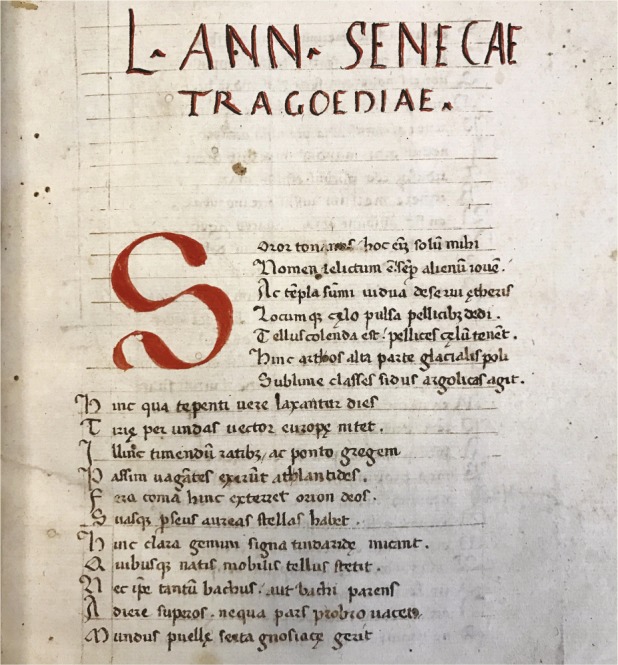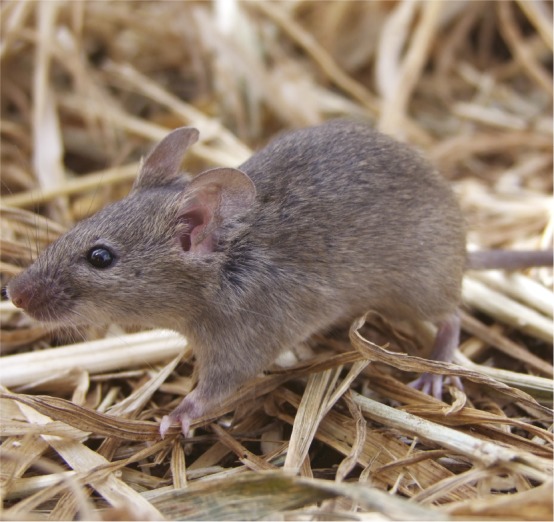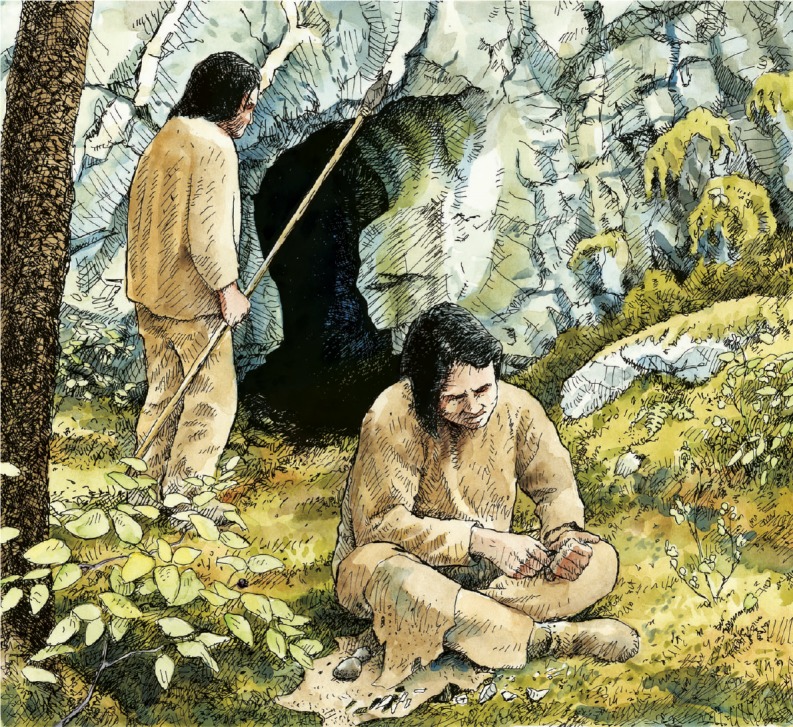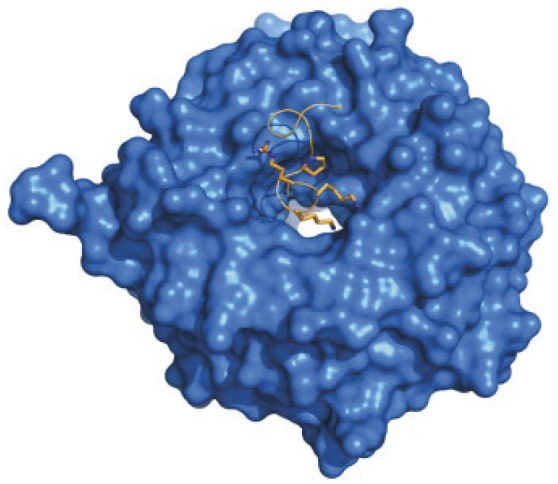Quantitative literary criticism

1432 Italian manuscript of the complete works of Seneca. MS Lat 47, Houghton Library, Harvard University.
By adapting, quoting, and alluding to previous works, authors create links among literary texts, a phenomenon termed intertextuality, which provides grist for literary criticism. Using machine-learning tools and computational analysis of stylistic features, Joseph Dexter et al. (pp. E3195–E3204) demonstrate quantitative literary criticism of canonical Latin works by the Roman playwright Seneca (4 BC to AD 65) and historian Livy (64 or 59 BC to AD 17). Among the authors’ findings: The number of length-adjusted sense pauses, which are speech interruptions indicated by punctuation marks other than a comma, is largely invariant across eight authentic Senecan tragedies but depleted or enriched in tragedies influenced by Seneca, namely Octavia and Hercules Oetaeus, marking a departure from signature Senecan style; compared with Senecan texts, the 15th-century tragic play Procne, written by the 18-year-old Senecan follower Gregorio Correr, was enriched in enjambments, a type of poetic sense pause in which the last words of a line of verse run onto the next line; and two common three-letter strings called functional trigrams, which reflect authorial styles and poetic sounds, were enriched in Octavia, compared with Senecan tragedies. Analysis of stylistic features helped distinguish citational and noncitational content in Livy’s monumental history of Rome, and suggested a shift in Latin prose style that could be traced to Caesar and continued to influence Livy and later stylists, according to the authors. — P.N.
Origins of house mice

House mouse in Israel. Image courtesy of Aviad Bar (photographer).
The decreased mobility of hunter-gatherers during the Late Pleistocene altered the relationship between human and animal communities. However, little is known about how changes in human mobility influenced selection dynamics among species that benefited from human settlements. To examine the effects of hunter-gatherer settlement fluctuations on mouse population dynamics in the eastern Mediterranean, Lior Weissbrod et al. (pp. 4099–4104) compared the shapes of modern and fossilized molar teeth in house mice (Mus musculus domesticus) and short-tailed mice (Mus macedonicus) from more than 200,000 to 10,200 years ago. The authors used two modern geographically overlapping mouse species from six Kenyan settlements of the Maasai, a modern seminomadic group, as a reference. The authors suggest that M. domesticus formed a beneficiary relationship with humans around 15,000 years ago, and the dominance of M. domesticus over M. macedonicus fluctuated with human mobility shifts. For example, at one site M. domesticus displaced the wild M. macedonicus during heavy human occupation, was outcompeted when human mobility increased, and reached a population balance with M. macedonicus comparable to the balance between the reference mouse species. According to the authors, the first long-term hunter-gatherer settlements may have transformed ecological interactions and food webs, enabling house mice that benefited from human settlements to outcompete wild mice and establish durable populations. — L.C.
Ancestry of Pacific Northwest Native Americans

Illustration of On Your Knees Cave in southeastern Alaska. Image courtesy of Eric Parrish (artist) and E. James Dixon (University of New Mexico, Albuquerque, NM).
The Pacific Northwest Coast of North America played a potentially significant role in the initial peopling of the Americas. Research on the demographic history of this region has been hindered by the limited availability of ancient genomic data. John Lindo et al. (pp. 4093–4098) sequenced the genome of an ancient individual from southeastern Alaska from remains dated to approximately 10,300 years ago, as well as the genomes of two individuals from coastal British Columbia dated to 2,500 and 1,750 years ago. Comparison of the genome sequences with previously published ancient genomes from the Pacific Northwest and modern indigenous genomic data suggest that all three newly sequenced individuals share a common ancestry with the modern indigenous people of the Pacific Northwest. Two other ancient individuals from the northwestern United States, dated to the same time period, appeared to belong to a separate lineage ancestral to modern Central and South American populations. According to the authors, the indigenous people of the Pacific Northwest might belong to a genetic lineage dating back to at least 10,000 years, possibly stemming from the initial peopling of the region, and population structure may have existed in North America as far back as the Late Pleistocene. — B.D.
Molecular basis of Rett syndrome

X-ray structure of TBLR1 (blue) with MeCP2 (orange).
Rett syndrome (RTT) is an X-linked neurological disorder caused by mutations in the MeCP2 gene, which encodes the MeCP2 nuclear protein. The role of the MeCP2 protein’s methylated DNA-binding domain is well established in RTT, but the effect of a cluster of mutations in a protein domain that can recruit a corepressor protein complex have not been characterized at the molecular level. Valdeko Kruusvee et al. (pp. E3243–E3250) examined molecular interactions between MeCP2 and the nuclear receptor corepressor/silencing mediator of retinoic acid and thyroid receptors (NCoR/SMRT) complex to elucidate the molecular basis of RTT. Using a cellular model, the authors found that MeCP2 directly interacts with transducin beta-like 1 (TBL1) and TBL1 related (TBLR1) subunits, two core components of the NCoR/SMRT complex. A high-resolution cocrystal structure of the MeCP2–TBL complex revealed that four MeCP2 residues that made extensive contact with TBLR1 were mutated in RTT. In subsequent in vitro and ex vivo assays, the authors found that TBL mutations that were associated with cases of developmental delay also disrupted MeCP2–TBL binding. According to the authors, MeCP2–TBL interactions might be critical for brain function and represent a potential therapeutic target for RTT. — C.S.


